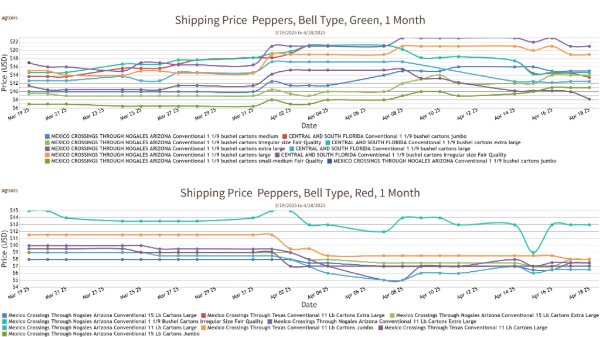Welcome to Blue Book!
Are you ready to join the thousands of companies who rely on Blue Book to drive smarter decisions? View our plans and get started today!
Still have questions? We’d love to show you what Blue Book can do for you. Drop us a line– we’ve been waiting for you.

From his point of view, Jameson sees increased cherry acreage and the volume that comes with it as challenging. “Volume continues to grow in Bakersfield, Stockton, and Linden. As an industry, we need to develop more markets. For example, the biggest year for California cherries exported to Japan was 1.3 million cartons; in 2014 it was down to 400,000 or 500,000 cartons.”
More Varieties
California cherry season is short—typically from the beginning of May until mid-June. The Brooks variety, grown in the south and central San Joaquin Valley, are the first to appear. Next, Tulare and then Coral Champagne are available mid-May to early June in the central and north valley. Garnets also make an appearance for a few weeks in May while the Chelan and finally, Bings—the ‘Cadillac of cherries’—are harvested in the north from about the third week in May to the third or fourth week of June.
White Rainier cherries are harvested throughout the state from about mid-May through the second half of June. New early varieties appearing in the south include Royal Lynn and Royal Hazel. Jill Overdorf, in business and culinary development for Coosemans L.A. Shipping, Inc., seeks out heirloom varieties for her customers. “We’re always looking for what’s best at any given time. There are some old varieties available like Burlat and Black Tartarian from the foothills—these are in extremely limited supply and don’t ship well, but we find them in farmers’ markets for our customers who are looking for something truly unique.”
Campbell comments, “In the last decade, everyone has been looking for new varieties with better taste, better yield, and bigger size. The Corals are a relatively new variety that fit into a good marketing period before Memorial Day.” Coral Champagne cherries are now the second largest in tonnage behind Bings.
Innovation & Positive Change
While other commodities have relied on high-tech innovation for some time, new sorting machinery has only recently made a major impact on cherry packing and quality. “One of the big changes in our industry,” explains Costa, “is the optical sizing and sorting equipment. Cherries are small and fragile. There can be twenty things to look at in a piece of fruit.”
“New packing lines have been installed in the last few years with optical sizers and graders that reduce labor and improve quality, especially in the case of weather-affected fruit,” says Campbell. “Fruit is graded better, resulting in a better package at retail. Most packers have installed these new lines or will in the near future.”








